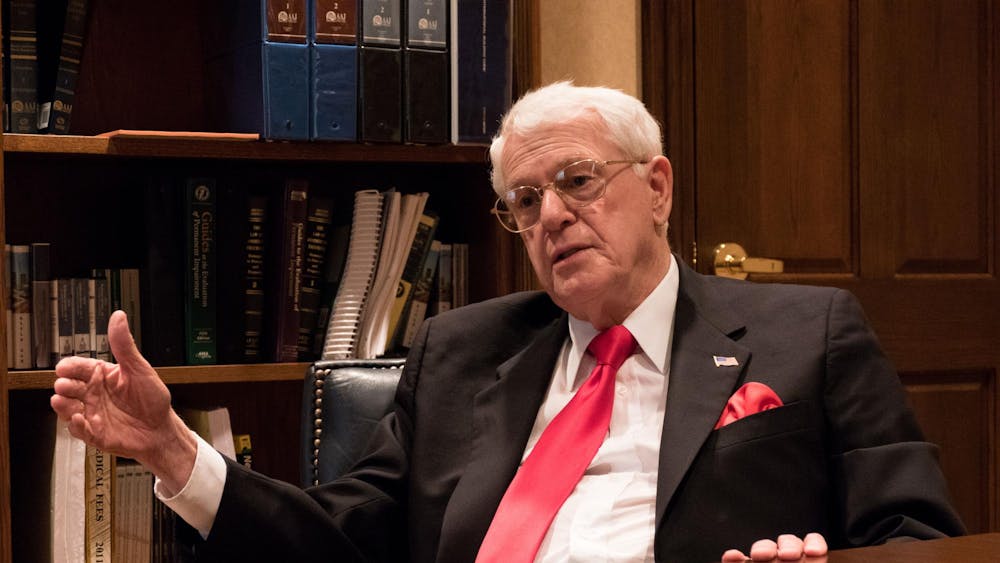Following in the larger footsteps of Chicago, Sacramento, Calif., and other U.S. cities, Bloomington has enacted a policy that would require future road projects to consider cyclists and pedestrians, as well as cars and freight vehicles, in its design.
Bloomington/Monroe County Metropolitan Planning Organization passed the Complete Streets policy on Jan. 9, requiring all street development projects using federal funds to consider a wider view than just automobile traffic.
The policy promises “that the safety and convenience of all users of the transportation system are accommodated, including pedestrians, bicyclists, users of mass transit, people with disabilities, the elderly, motorists, freight providers, emergency responders and adjacent land users,” according to a copy of the Complete Streets policy posted on the city’s Web site.
The policy is available for public view at http://bloomington.in.gov/mpo.
Scott Robinson, Long Range and Transportation Manager for the city of Bloomington, watched Complete Streets progress from proposal to policy. He said he is optimistic about how the policy will affect the Bloomington streetscape.
“The concept behind a complete street process is to provide flexibility and to ensure the best design is achieved for the unique circumstances found at any given place and time for any roadway project,” Robinson said in an e-mail.
Robinson said sometimes major factors such as local communities and aesthetic appeal can be ignored in street design, but that’s where the Complete Streets policy shines.
“Prescribing standards and conditions do provide certainty, but sometimes they don’t allow for flexibility when dealing with the unique conditions that may exist for a given project,” Robinson said. “This policy will give the necessary flexibility, but it also provides the necessary design guidance to achieve the optimal end result.”
Some of the policy’s detractors were concerned the resolution could result in higher costs for taxpayers and unreasonable restrictions on the city’s engineers.
But Robinson said the policy allows engineers enough freedom to choose suitable design options.
City of Bloomington engineer Adrian Reid said he recognizes these problems but does not foresee the policy hurting development.
“Since 1996, all city roadway projects have included sidewalks and/or side paths and/or bike lanes; so wherever we can, we try to accommodate bicycles and pedestrians,” Reid said in an e-mail.
The Metropolitan Planning Organization’s Citizens Advisory committee chairperson Jack Baker said he is holding out for a cleaner and more efficient Bloomington.
He said he knows more people share his ambition.
“Mostly they’re just folks,” Baker said. “They have an interest in walking. They have an interest in bicycling. They share a common interest in that they see the automobile is not the way to go. We would like to see less of the automobile. My biggie for the future is mass transit.”
Bloomington commits to new road policies
Get stories like this in your inbox
Subscribe





